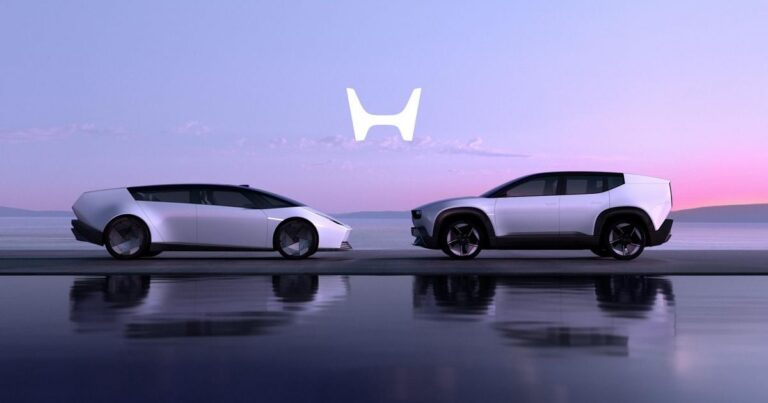Statewide EV incentive supports EV sales
The federal $7,500 tax credit towards a new EV is already a pretty sweet deal, but other statewide programs can further incentivize consumers. Earlier this month, the state of New York added another $30 million to its EV rebate program. More than 60 new EVs and PHEVs are eligible for the point-of-sale rebate, which is available in all 62 counties throughout the state. Since 2017, the Drive Clean Rebate program, run by the New York State Energy Research and Development Authority (NYSERDA), has issued more than 190,000 rebates towards the purchase or lease of a new EV.
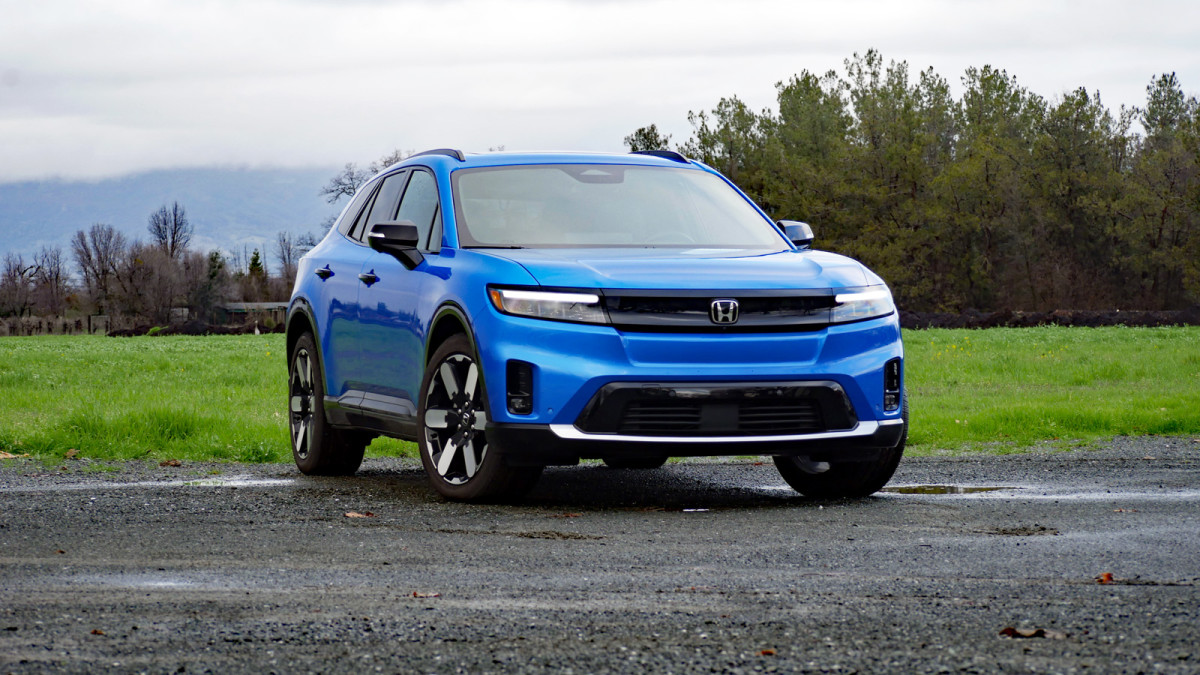
James Riswick
New York consumers could save up to $9,500 on an EV
While the current administration seems set on hampering EV adoption, New York is pushing forward with the transition to EVs. Unfortunately, price is still a barrier for many consumers, but through the state’s Drive Clean Rebate program, consumers can get up to $2,000 off a new EV, depending on its range and price.

Hyundai
EVs with at least a 200-mile range are eligible for the full $2,000 rebate. Those with a 40- to 199-mile range are eligible for $1,000, while a $500 rebate applies to those with less than 40 miles of range. If the vehicle has an MSRP of more than $42,000, it’s eligible for up to $500 through the Drive Clean Rebate program.
The $2,000 rebate is applied at the point of sale, provided the purchase or lease is made at a participating car dealership in New York. There are many dealers approved for the rebate program, and a complete list can be found here. If you’re a dealer who isn’t currently a part of the program, you can apply through NYSERDA’s portal.
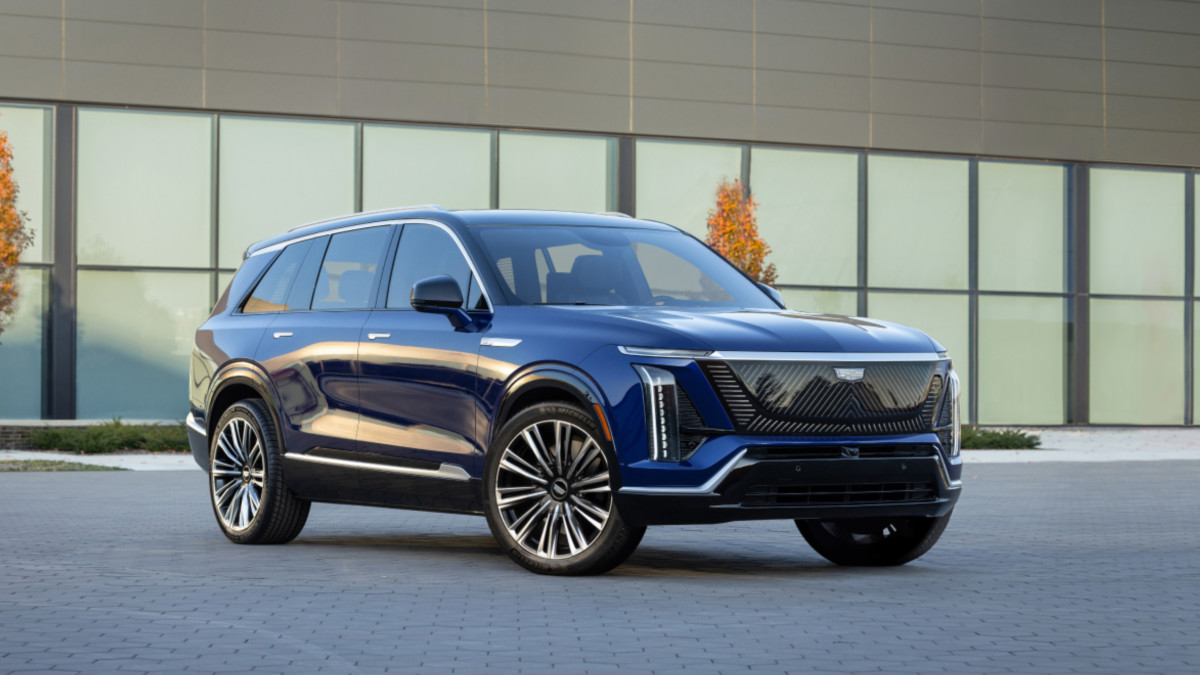
Cadillac
The Trump administration was quick to put the $7,500 tax credit provided by the Inflation Reduction Act in the hot seat, but they seem to have bigger fish to fry, for now, anyway. That tax credit can be combined with the maximum $2,000 provided by the Drive Clean Rebate program, which means consumers could save up to $9,500 when buying or leasing an EV in New York.
“Converting to EVs reduces the total cost of vehicle ownership through lower fuel and vehicle maintenance costs, and NYSERDA is proud to help provide New Yorkers with more purchasing power through these rebates,” said Doreen M. Harris, NYSERDA President and CEO.
New York City aims for 400,000 EVs by 2030
The Drive Clean Rebate program is an initiative developed to help the state of New York meet its carbon neutrality goals, and it seems New York City is leading the charge. According to the Mayor’s Office of Climate and Environmental Justice, 400,000 private vehicle owners will need to make the shift to EVs by 2030 to meet the program’s goals. The Big Apple is leading by example with an eco-friendly municipal fleet and the largest charging network in the state.
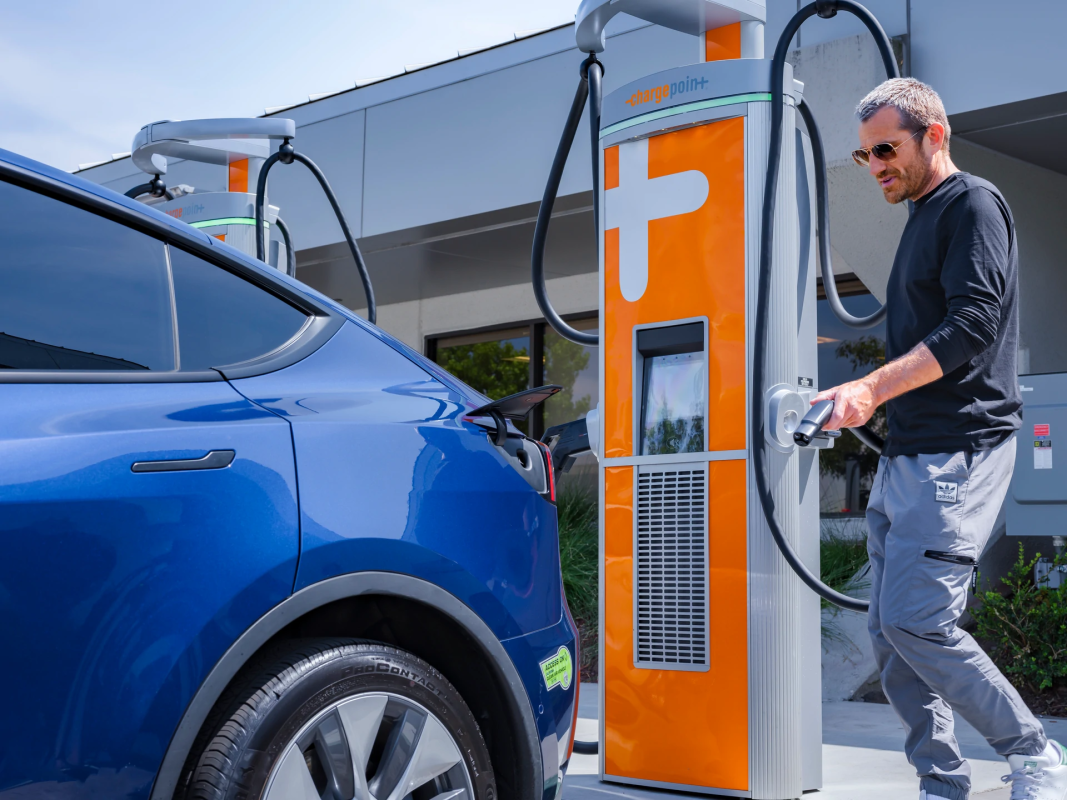
Chargepoint
So far, NYC’s Department of Citywide Administrative Services has shifted nearly two-thirds of the city’s fleet to alternative fuels, including EVs. In 2021, the city committed to purchasing 75 electric school buses and set a goal to electrify the entire school bus fleet by 2035. NYC also set a goal of building 40,000 level 2 chargers and 6,000 DC fast chargers throughout the city by 2030.
Notably, NYSERDA also offers EV charger installation incentives of up to $3,000 per port. If the charger is located in a disadvantaged community, that amount increases to $4,000. New York State is home to more than 17,000 public EV chargers, the second most of any state in the country. California leads the nation in public EV chargers, with more than 84,000 readily available for use throughout the state.
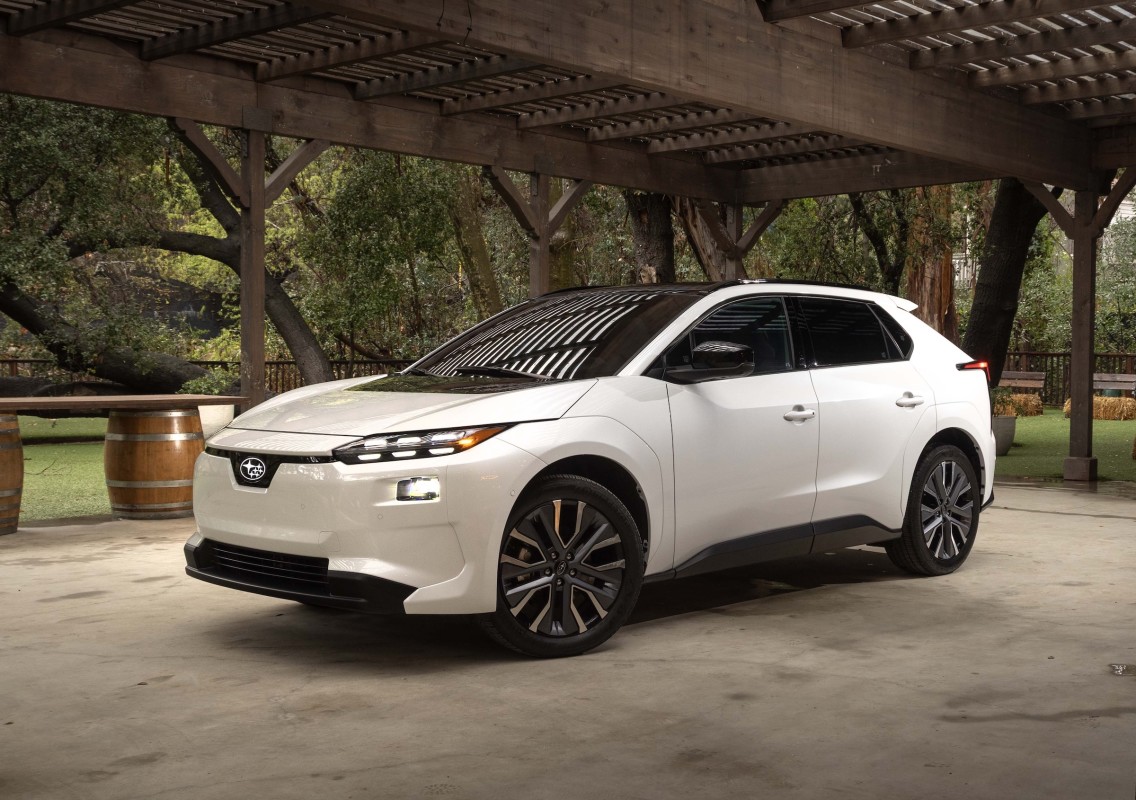
Subaru
Final thoughts
The world is transitioning to EVs, whether we like it or not, and refusing to make the switch only puts the United States behind. New York and California are ahead of the curve, with statewide funding to help consumers get into EVs and to build out the charging infrastructure required to support the transition. While the current administration might be set on putting EVs on the back burner, it’s clear some state governments are working on moving forward. Perhaps we’ll see more states take on a more EV-friendly stance in the near future.






